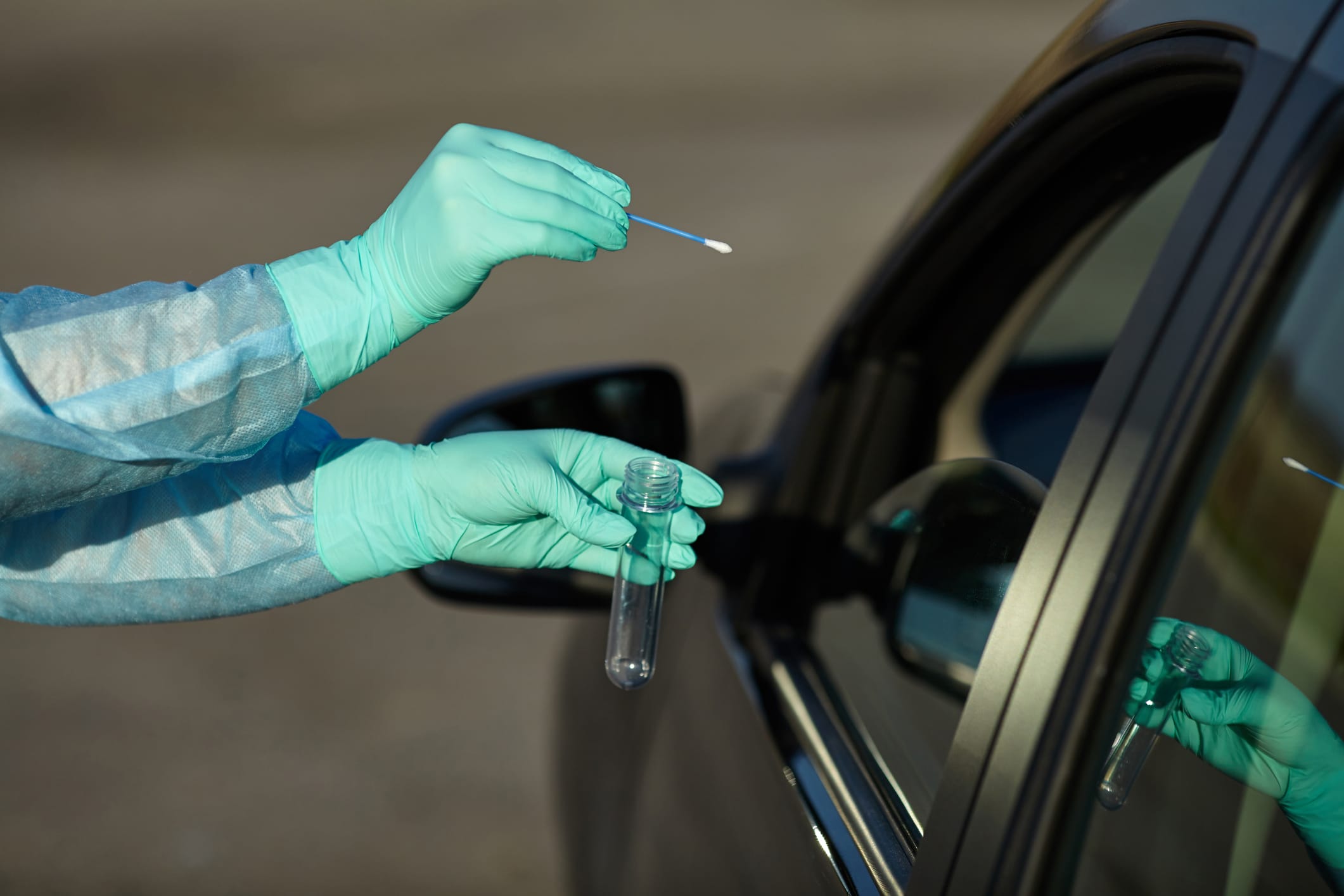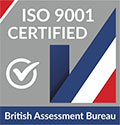If your company has begun the process of restoring business operations, it’s essential to know the difference between screening and testing for COVID-19. You’ll need to understand what testing options are available to help you manage COVID-19 on your project site.
How Testing is Different than Screening
When defining screening, we’re referring to the actions taken to prevent COVID-19 from entering your project site.Â
Screening typically begins by having all employees pass through a checkpoint where a trained screener wearing appropriate PPE obtains a temperature reading. They also perform a verbal screening according to CDC recommendations to identify individuals at high risk for COVID-19 infection.Â
Testing refers to diagnosing current or past COVID-19 infections by using biomarkers to detect COVID-19 in the body.Â
Testing is the way to go if you need objective data to determine the infection rate among your workforce.Â
The Different Types of COVID-19 Testing
Molecular Testing: Molecular tests look for signs of the virus in respiratory swab samples and work by detecting RNA or other viral proteins. They are most accurate in the first week or so of when the symptoms begin. Molecular tests identify if the person has the virus at the time of testing. They cannot be used to figure out if the person had the infection previously and developed an immunity.Â
Molecular testing is the gold standard for detecting COVID-19. However, receiving the results takes a bit of time because the tests need to be analyzed in a lab.Â
Sample collection: Swabs obtained from the respiratory tract (mouth, nose, throat, sputum, etc.).
Drawbacks of Molecular Testing
- Early reports indicate higher rates of false negatives (people who have the virus but test negative).
- It requires a more considerable amount of PPE to safely collect samples due to risks involved with nasal swabs.
- The tester is a potential source of error (swab technique can influence results).
Serological Testing: Serological tests use blood to find antibodies to the SARS-CoV-2 virus. Testing the blood can confirm previous COVID-19 infection and can imply that there is a level of immunity. However, they can also be used to detect illness in the early stages on an individual basis.
Serological testing is affordable, produces quick results, and have the benefit of being performed at the point of care.
Sample collection: A poke to the finger to collect blood (whole blood, serum, or plasma).
Drawbacks of Serological Testing
- The WHO has not recommended for use in clinical settings because no externally validated data is available; still, these tests have received emergency use authorization from the FDA.
- In the early stages of illness, an antibody response may not be detectable.
- Currently, results from these tests aren’t considered to be conclusive.
Remote Medical’s COVID-19 Services team primarily uses molecular RT-PCR tests that utilize a saliva swab, instead of ones that require a nasal swab.
The reasoning behind this decision is that the RT-PCR saliva swab tests allow our testing personnel to get through more tests quicker with less risk to the tester.Â
Contrast this with the RT-PCR nasal swab tests, which present more risk for the tester and require a much slower process. The process is more time-consuming because it requires the removal and disposal of all PPE after the sample gets collected. The tester then has to dress up in new, sterile PPE before each additional test. Â
For more information on the COVID-19 testing options available for your employees, contact us today.


